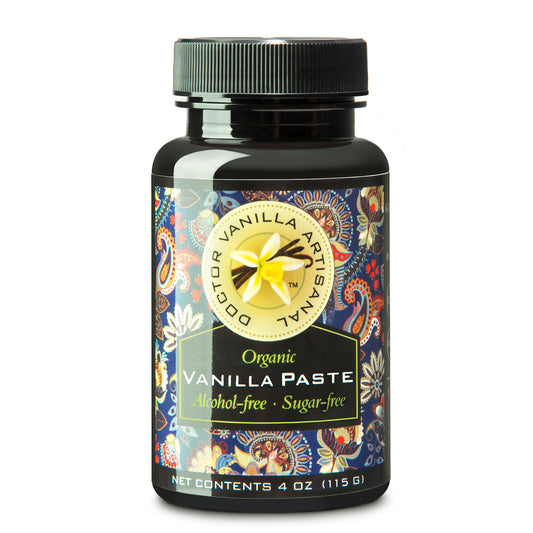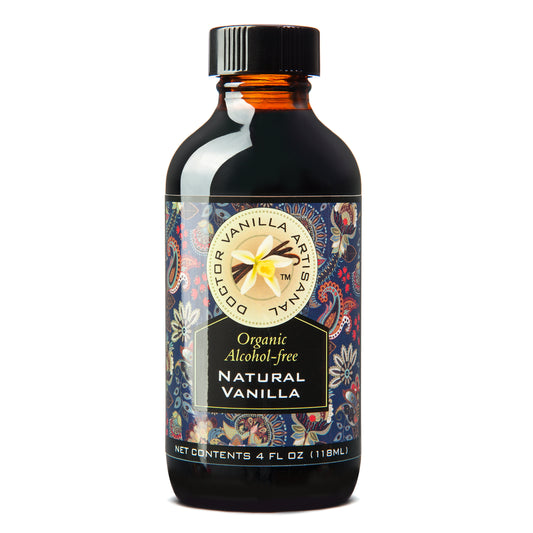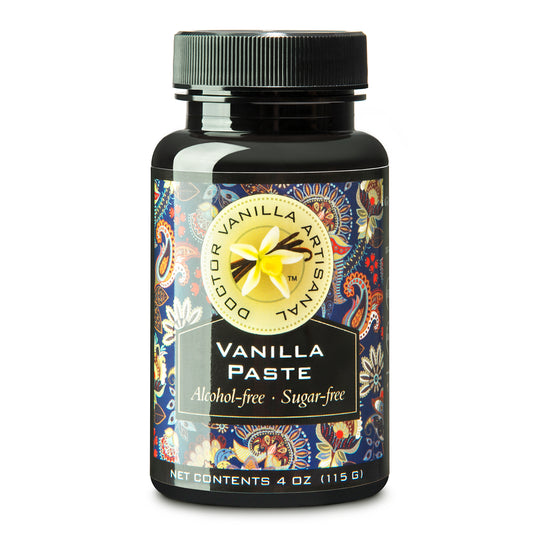One of the most difficult methods that bakers must use is tempering eggs. Many recipes either fail to adequately describe the technique or don't take advantage of the opportunity to do so. Bakers who are unfamiliar with the procedure frequently become irritated with a bowl of scrambled eggs rather than a silky-smooth egg mixture due to the lack of clear directions. We aim to explain the how, why, and when of egg tempering to bakers of all skill levels so that you can bake with assurance.
How does tempering work?
Tempering in cooking is the process of carefully heating and chilling components to stabilize them. For instance, tempering eggs entails carefully mixing hot liquid with room-temperature eggs to produce a sturdy base for recipes like pastry cream. Tempering chocolate, a related idea but distinct method, may be recognizable to certain more seasoned bakers. Tempering includes heating and freezing chocolate to construct and manage a network of stable crystals, giving chocolate-dipped pastries and candy molds a glossy, polished appearance.
The goal of tempering eggs, on the other hand, is to gradually cook the proteins in the yolks and whites while keeping them from clumping together. Instead of adding the hot liquid all at once, this is accomplished by adding it gradually while whisking quickly to produce a smooth texture.
Why temper eggs?
Proteins, which are substantial, intricate molecules that are tightly wrapped together, are found in a wide variety of meals. Proteins unravel and alter form when heated. Proteins can combine in their unfolded state to create networks that give baked foods shape. Eggs are a versatile binding agent in batters and doughs and a great leavening ingredient in baked goods because they are full of proteins and naturally liquid-like. By carefully altering the proteins in eggs through the process of tempering, you may produce a network of equally distributed proteins that lends a smooth texture and thickening power to a range of foods.
The reason tempering works is because the egg proteins are diluted in hot liquid and slowly heated throughout the procedure. Undiluted egg proteins that are heated too quickly change form quickly and cluster tightly together, similar to scrambled eggs. The proteins are diluted by the liquid as they unravel and firm up, preventing clumping, but, if you boil the proteins with a hot liquid like broth or cream and bring the liquid in slowly while mixing. They instead give the liquid an unparalleled texture by being emulsified with it.
A recipe can naturally thicken by adding tempered eggs. The texture of the eggs after tempering can vary from a slightly thick but pourable crème brûlée base to an exceedingly thick and velvety custard, depending on how long they are cooked.
When do you need to temper eggs?
There are numerous methods, some of which do not involve tempering, for making recipes thicker by adding eggs. This method is especially helpful when a recipe already calls for heating a liquid base, and waiting until the liquid has cooled to add the room-temperature eggs would be problematic. For instance, tempering the eggs into the warm liquid rather than allowing the liquid to cool saves time while creating pastry cream, which calls for milk, sugar, and a flavoring ingredient like vanilla beans. The egg yolks can be added to a cake batter while the other ingredients are still at room temperature because the liquid ingredients don't need to be cooked before baking.
Conclusion
When mixing cold eggs with hot liquids to thicken soups, sauces, and custards without causing them to scramble, it's essential to learn how to temper the eggs.





